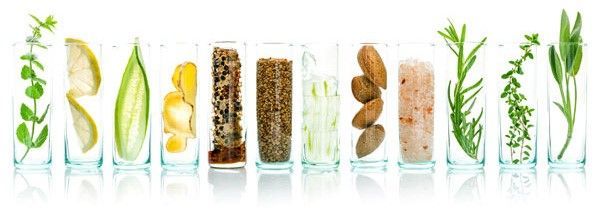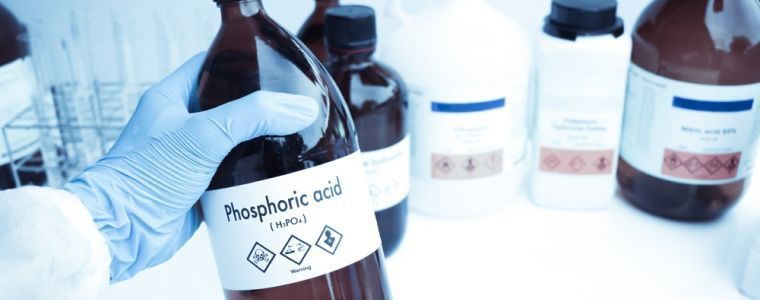Safety, Storage, and Handling of Terpineol
Terpineol has a pleasant lilac or pine odor, making it a common fragrance and flavoring agent in perfumes, cosmetics, and food products.
In the chemical industry, terpineol is valued for its versatile applications beyond its aromatic properties. It serves as a solvent in resins, gums, and varnishes, as well as in the production of pharmaceuticals and disinfectants.
Terpineol safety measures
When handling terpineol, workers should follow standard safety measures to minimize risks. Despite its relatively low toxicity, prolonged exposure to concentrated terpineol vapors can irritate the skin, eyes, and respiratory tract. Workers should wear appropriate personal protective equipment (PPE), such as gloves, goggles, and face masks, especially when dealing with large quantities. Adequate ventilation in work areas is essential to prevent vapor buildup, and spills should be cleaned up promptly to avoid slipping hazards and skin contact.
Storage of Terpineol
Proper storage of terpineol is crucial to prevent oxidation and degradation. Terpineol should be stored in tightly sealed containers, away from direct sunlight, heat, and air, as exposure to oxygen can lead to the formation of peroxides, which degrade its quality and effectiveness. Storage areas should be cool, dry, and well-ventilated. Stainless steel or glass containers are preferred for long-term storage, as these materials prevent reactions that could occur with other types of containers.
Terpineol Industry Regulations
In terms of industry regulations, terpineol is generally recognized as safe (GRAS) for use in cosmetics and food products, as outlined by the U.S. Food and Drug Administration (FDA). Additionally, it must comply with the regulations set by agencies like OSHA (Occupational Safety and Health Administration) regarding worker safety and exposure limits. The European Chemicals Agency (ECHA) also oversees its use under REACH (Registration, Evaluation, Authorization, and Restriction of Chemicals), ensuring that it is safely managed throughout its lifecycle in industrial applications.
Conclusion: The Future of Terpineol in the Chemical Industry
Terpineol’s natural origin, low toxicity, and versatility make it a key player in the growing shift toward green chemicals. Its widespread use in fragrances, solvents, and cleaners, combined with its ability to function as an emulsifier and antimicrobial agent, ensures its continued demand across industries. As the market increasingly values sustainable and biodegradable alternatives to synthetic chemicals, terpineol is well-positioned for growth, particularly in cosmetics, industrial cleaners, and coatings.
Moreover, its potential in cutting-edge technologies, such as bio-based solvents and advanced coatings, suggests it will play a significant role in future industrial innovations. With environmental regulations becoming more stringent, terpineol’s alignment with green chemistry principles will cement its importance as industries prioritize safer, more sustainable solutions. Its adaptability and eco-friendly profile make it a vital compound for the chemical industry moving forward.
















